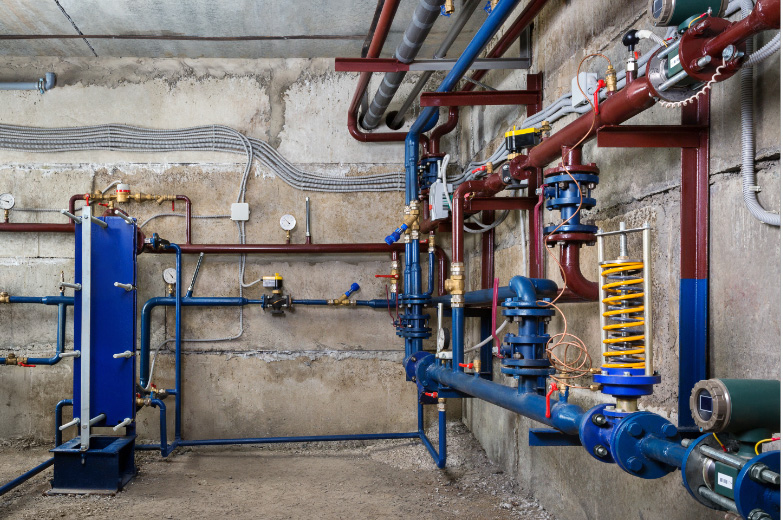Pumps can vary in many different ways. Some of them can be ideal for gas compression while the others are fluid transfer. They can also be different in their mechanism. Take, for example, centrifugal and positive-displacement pumps. Both of these pumps can work with fluids, but how they move them from one level to another is what sets them apart.
A centrifugal pump uses an impeller, which rotates at a specific speed to generate a centrifugal force that will displace the fluids and allow them to move into an outlet. At the same time, it has an eye, which is necessary to suction water. The way the water flows can vary as well, such as radially or along the shaft axis.
In a positive-displacement pump, the device uses pistons or cylinders to create the needed pressure. First, it moves up to create a space or cavity, allowing the water to flow. It continues to go higher until it reaches its maximum point. At this time, no more water might be able to fill in the cavity.
The pistons or cylinders then go down to reduce the size of the cavity at the same time apply pressure into the water, which will then let it move to the other level. It can, therefore, be easy for someone to assume all centrifugal pumps or positive-displacement pumps work the same way, but they don’t. Even these types can also have subtypes. For instance, centrifugal pumps can be self-priming or priming.
What Is a Self-priming Pump?
A self-priming pump tries to overcome one of the most common problems people face with the standard ones: the mixing of air and water. In hindsight, this device can discharge water while also getting rid of the air by creating a partial vacuum.
Here’s how it works. During the priming process, the system combines air and water. The impeller starts to turn, creating the centrifugal force. This action forces the air to rise and the water to go down or sink.
Since air no longer binds itself to the water, it becomes denser than the fluids with water, so it goes back down into the impeller chamber. The process continues until there’s no more air left. When it happens, then the actual pumping begins.
What Is a Priming Pump?

For many, a priming pump is the standard centrifugal pump. It still contains an impeller, which rotates at fast speeds, as well as an eye that suctions water. The significant difference is how it treats air. When a person buys a non-self-priming pump, the casing contains air inside, but this doesn’t provide any value to the device. Instead, the pump won’t work as long as it’s there.
The air can occupy a part of the system, and since it’s less dense than water, it prevents the latter from going up. In other words, displacement doesn’t happen. For this reason, these pumps will require priming. It refers to the process of adding fluids first to release the air before it submerges into the water, where it stays.
When to choose a self-priming or a standard centrifugal pump depends on many factors. For example, if the pump has to be on a much higher level than the fluid, then the better option is self-priming. Either way, there’s no wrong or right system. The best pick is the one that accomplishes the desired task.

